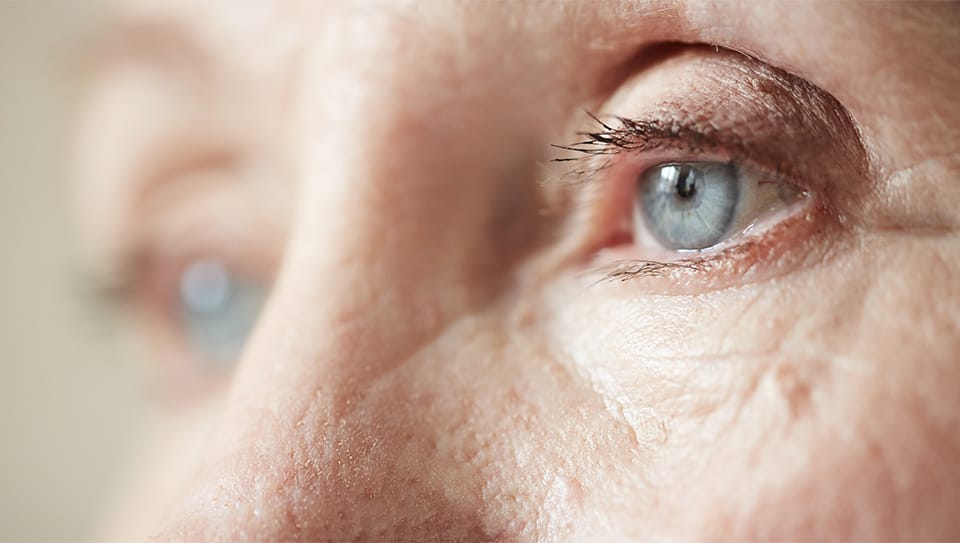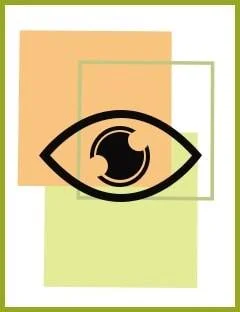Common Eye Diseases
Glaucoma
Glaucoma is a group of eye diseases characterized by high intraocular pressure. This group of diseases damages the optic nerve and can cause irreversible vision loss and blindness.
There are two main types of glaucoma: open-angle glaucoma and angle-closure glaucoma.
Open-Angle Glaucoma
Open-angle glaucoma occurs when the drainage canals in the eye become blocked, causing pressure to build up in the eye. It’s the most common type of glaucoma.
Angle-Closure Glaucoma
Angle-closure glaucoma is a medical emergency. It occurs when your iris and cornea move closer together, reducing the drainage angle between them. If this occurs suddenly it can lead to a rapid increase in intraocular pressure.
If you experience nausea, eye pain, headaches, blurry vision, glare, or halos, seek immediate medical attention.
Glaucoma is a leading cause of blindness in older adults. It often develops without symptoms, but there are several risk factors that you should be aware of that might increase your susceptibility to glaucoma.
Risk Factors:
- Family history of glaucoma
- High myopia (nearsightedness)
- High hyperopia (farsightedness)
- Certain medications
- Diabetes
- High blood pressure
- Over 60 years of age
Routine comprehensive eye exams will help diagnose glaucoma early, when it can be controlled most effectively.
Cataracts
Cataracts occur when the clear lens in your eye hardens and becomes opaque. This common condition leads to a milky or hazy discoloration in the eye, which impacts your vision quality. Severe cataracts can lead to blindness.
Cataracts affect many people as they age. While cataracts are most often found in patients over the age of 60, children can be born with congenital cataracts. Patients with diabetes are 5 times more likely than others to develop cataracts.
Cataracts generally develop without pain and can either take their time appearing or come on suddenly.
Symptoms
Some symptoms that may indicate you have cataracts include:
- Dull, muted colours
- Decreased night vision
- Halos around lights
- Light sensitivity
- Feeling a film over your eyes
If you have cataracts, your optometrist might prescribe new glasses or contact lenses to keep your vision as clear as possible. But if your vision can’t be cleared up with corrective lenses, you may require cataract surgery.
Conjunctivitis
Commonly known as “pink eye”, conjunctivitis is generally caused by a bacterial or viral infection or an allergic reaction. It’s called pink eye because the blood vessels in the inner eyelid tissue create a pink colour when inflamed.
Symptoms of conjunctivitis might include itching, stinging, discharge, excessive tearing, or red or pink eyes.
Conjunctivitis is highly contagious so if you believe you’re infected with it, please contact us immediately.
Age-Related Macular Degeneration
Age-related macular degeneration (AMD) is an eye disease that occurs when the macula slowly breaks down. The macula is responsible for your central vision. It helps you perform tasks like reading, writing, driving, and recognizing faces.
As with many eye diseases, AMD develops slowly and often without symptoms. It occurs with age and is the most common cause of blindness in people over the age of 55 in North America.
AMD has several associated risk factors, including smoking and high blood pressure. If you’ve had extensive UV exposure, you’re also more likely to develop AMD. Healthy ocular habits like wearing sunglasses when you’re outdoors can help prevent diseases like AMD.
A comprehensive eye exam can help diagnose age-related macular degeneration in its early stages.











